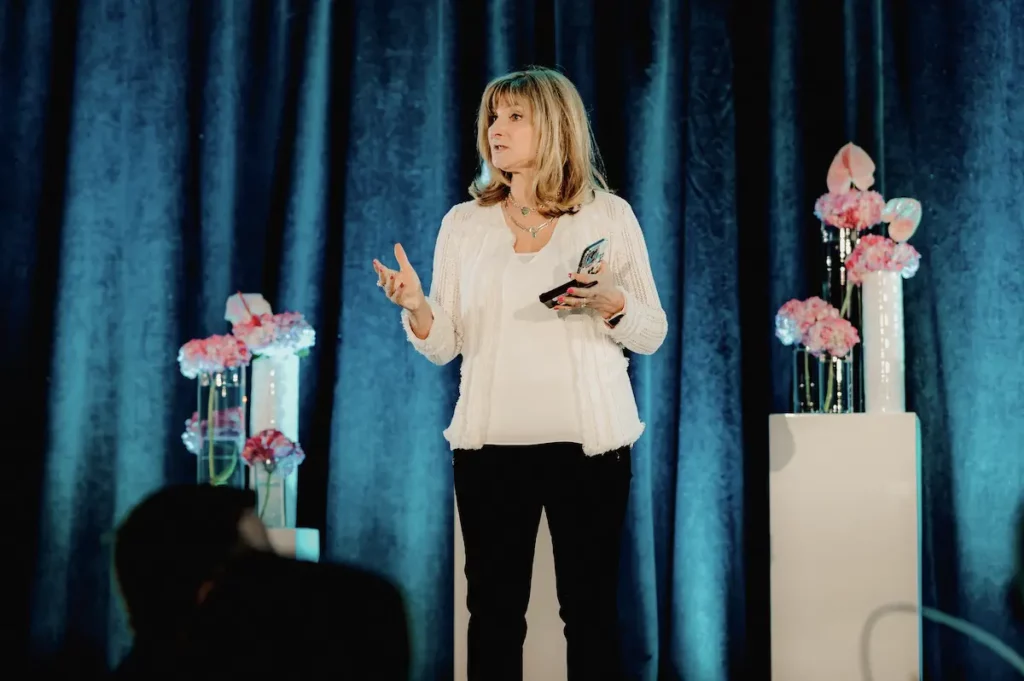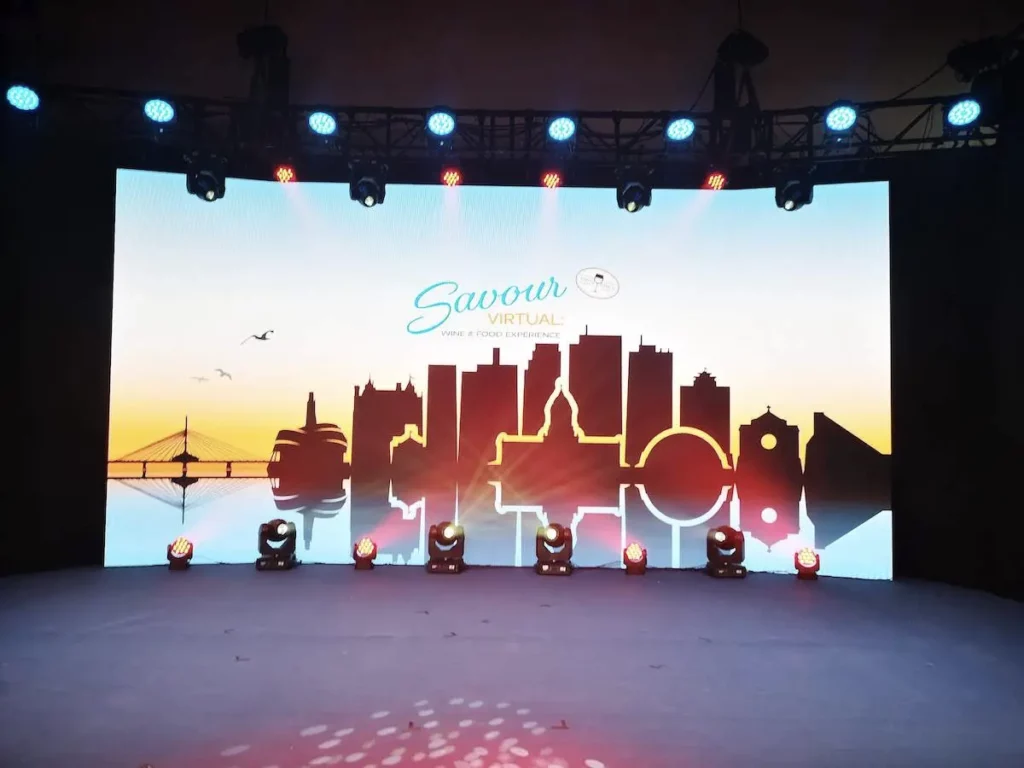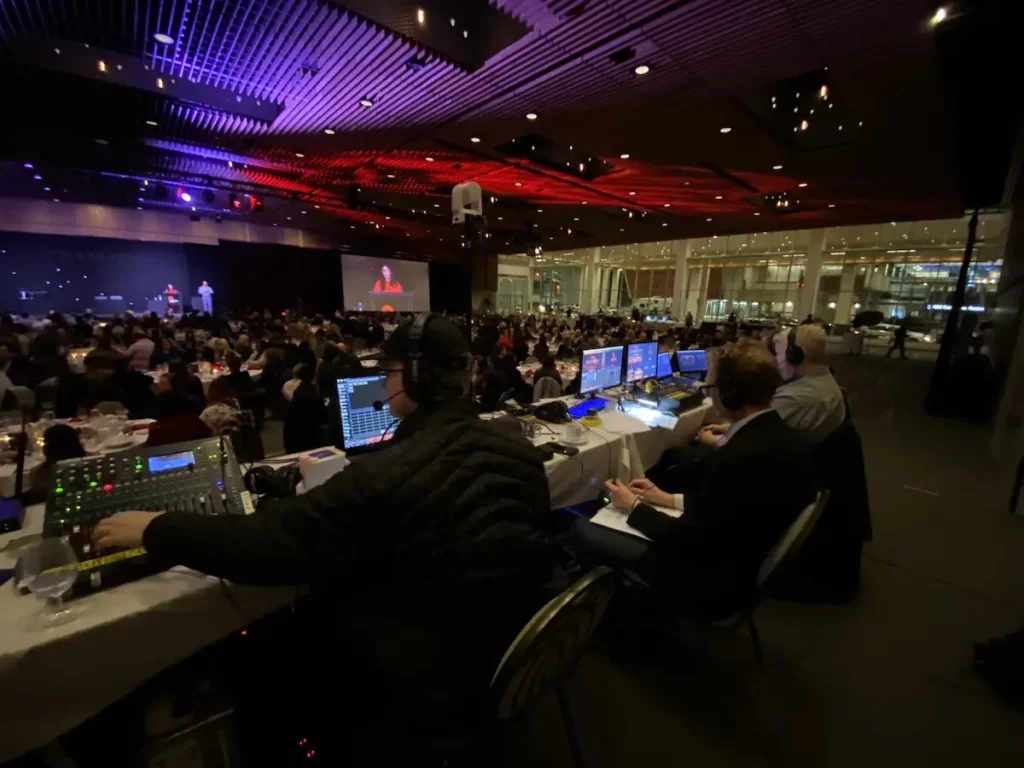Commanding the Stage

For some people, taking the stage, whether it’s the fifth time or the fiftieth time, feels as natural and instinctual as riding a bike. But for most people, presenting onstage for a room full of attendees is a daunting experience, especially if they’re relatively inexperienced.
Luckily, the AVentPro team has compiled some tips to help presenters take their skills to the next level – and to take control of the stage.
Use the stage
Unless the presenter is standing behind a podium or needs to stay in a specific area of the stage for lighting and sound purposes, there is no reason to spend the entirety of the presentation in one spot. In fact, it could be detrimental to the presentation.
Presenters should feel free to walk around the stage as they speak, pausing frequently when making an important point or sharing key messaging. When you pause, you’ll automatically give added weight to the next remarks, punctuating the point you’re hoping to make. And, when you start moving again, it will indicate to the audience that you’re transitioning to a new message and naturally shift the energy.
Speaking of energy, moving around the stage will give you more energy, making the presentation automatically more engaging to the audience. Not to mention, it will likely feel more natural for you, and, if you’re nervous, give you somewhere productive to channel your nerves, that isn’t distracting for the audience.
In order to make sure you’re heard and seen clearly as you move around the stage, consult with the event production team. They’ll be able to identify which areas of the stage should be avoided, and which ones will ensure the speaker remains lit throughout the presentation.
Make eye contact

Connecting with the audience is the key to being a great presenter, and the easiest way to connect is to make eye contact with them, throughout the presentation.
Each time you pause while walking around the stage, find a different audience member to look directly in the eye, and pretend you’re speaking only to them. Although you won’t be able to make eye contact with every audience member, they will notice the genuine interactions, making the presentation feel more personal.
Prepare, prepare, prepare
This one may seem obvious, but you’d be surprised by how many people think they can essentially “wing” their presentation!
In order to feel confident onstage, spend plenty of time getting ready. Start by writing your remarks, reviewing and editing them, and even asking others to read them.
After you’re happy with what you plan to say, practice saying your speech out loud – what looks good written on a piece of paper may feel clunky or unnatural when its spoken. Practicing your remarks out loud will give you plenty of time to make adjustments.
Finally, practice in front of other people. Not only will these people be able to give you feedback, it will help you get more comfortable saying your remarks and interacting with an audience.
Consider using a teleprompter
Using a teleprompter allows you to do more than recite your speech exactly as it was written. The real magic of a teleprompter is that it allows you to deliver a well-rehearsed speech without having to look at paper notes or worry that you’re missing a section. And, when you’re not spending the entire presentation trying to remember what to say next, you’ll be able to focus much more of your attention on connecting with your audience.
A teleprompter (and a good teleprompter operator) helps you approach your presentation with confidence. To learn more about what kind of teleprompter will work best for your next event and how you can get the most out of the experience, take a look at our recent blog post.
Use visuals that enhance your presentation

The visuals you use, such as a PowerPoint, are there to enhance your presentation – not replace it. Use bright, bold images and graphics with sparing text, and avoid using large walls of text on screen, especially if the slide is sharing different information than you are. This might cause the audience to start reading the presentation, rather than focusing on what they should be – you!
When putting your presentation together, keep in mind that it should enhance your messaging, not distract the audience from listening to you.
Be aware of the cameras in the room
IMAG cameras are often used in large events, and it’s incredibly beneficial for presenters to know where they are. These cameras capture a live feed of the presenter, often displaying them on side screens, allowing audience members in the back of the room to see the facial expressions and movements of the presenter close up.
When you’re making an important point or trying to really drive something home, consider looking directly at the IMAG camera, as it will make everyone in the audience feel as though you’re looking them directly in the eye.
Don’t be afraid of the microphone (but also, don’t eat the microphone)
When presenters are nervous, they often approach the microphone in one of two ways – leaning so far away from it that the microphone barely picks up their voice, or standing close enough for their lips to touch it, leading to a muffled sound. Either way, the audience will struggle to understand what you’re saying!
A good rule of thumb is to keep the microphone six to twelve inches away from your mouth to ensure the audience can hear you clearly. If you’re worried about gauging the right distance, ask the event technicians for help – it’s why they’re there!
The event techs are your friends

Remember, the event technicians and production team are there to help you succeed – so don’t be afraid to ask them for help!
Working with the event team will make you a more effective and more confident presenter – so it’s important to build a relationship with them. Use your rehearsal time to ask them for any advice, such as specific places you should stand or look, if the presentation reads well from different areas of the room, or what you can do to make your presentation more engaging.
The event team will be happy to lend you their expertise (most have seen hundreds of presentations) – and it will make you a stronger presenter for years to come.
Don’t be afraid of the stage – learn to command it. Becoming a strong presenter takes practice, but by following the advice of event professionals you can take your presenting skills to the next level. Contact us to learn more about how you can take control of the stage and deliver presentations with confidence. Email [email protected] or call us at (204) 226-5565
